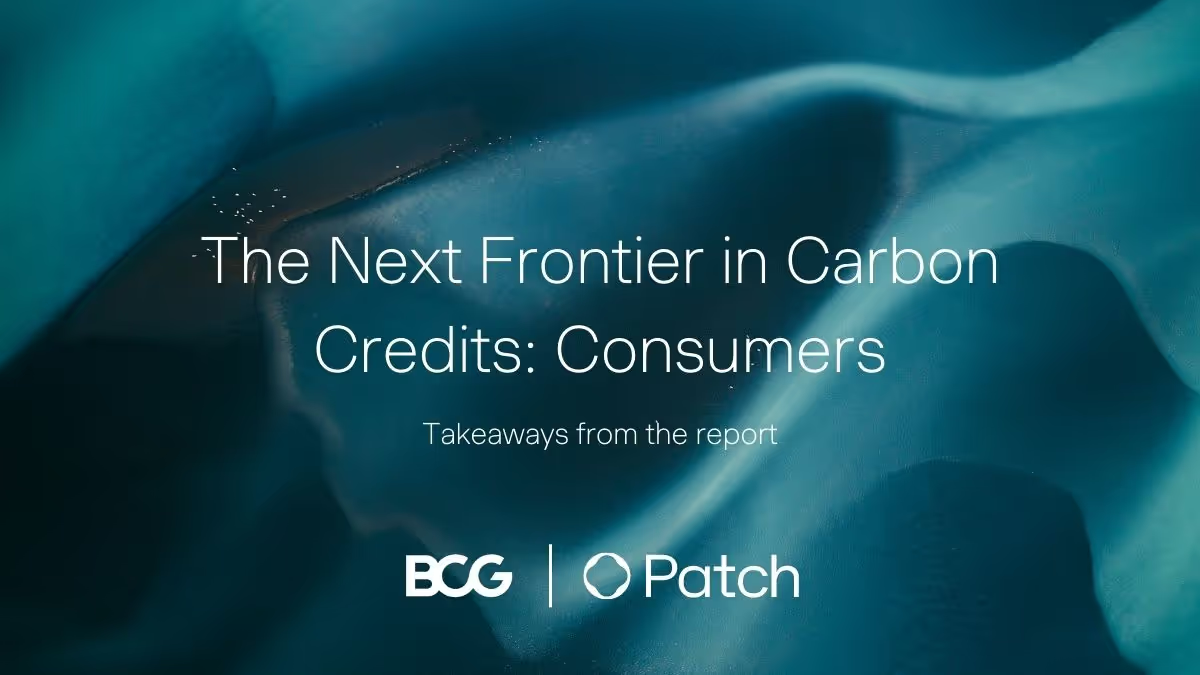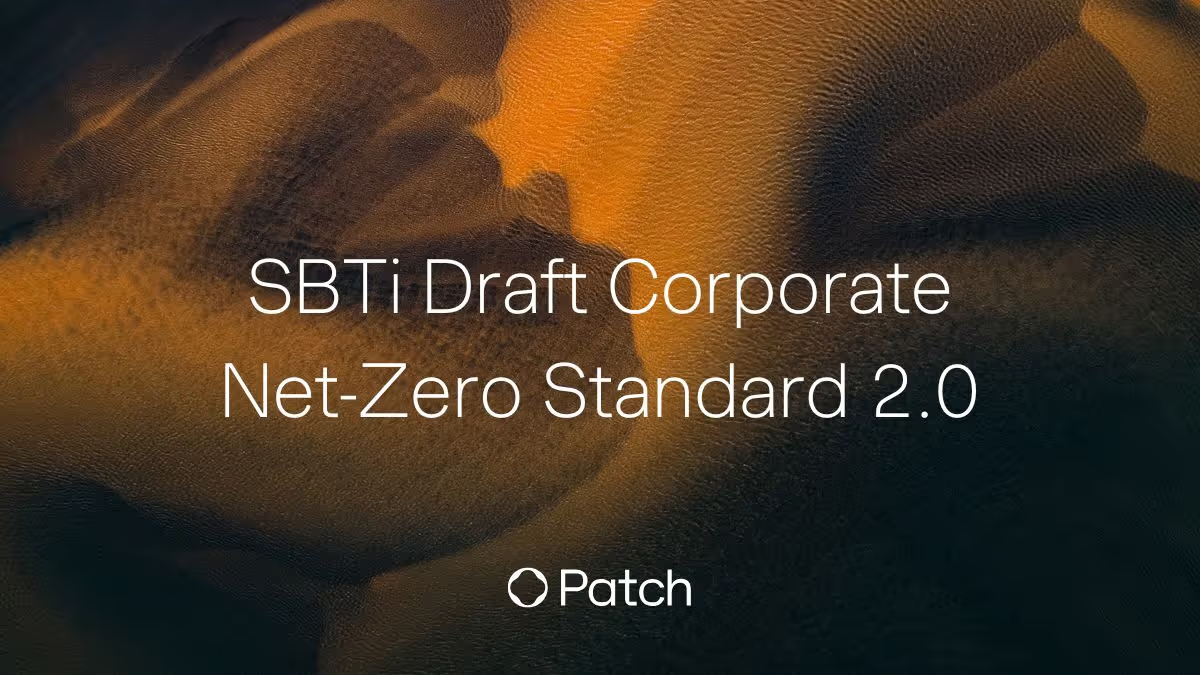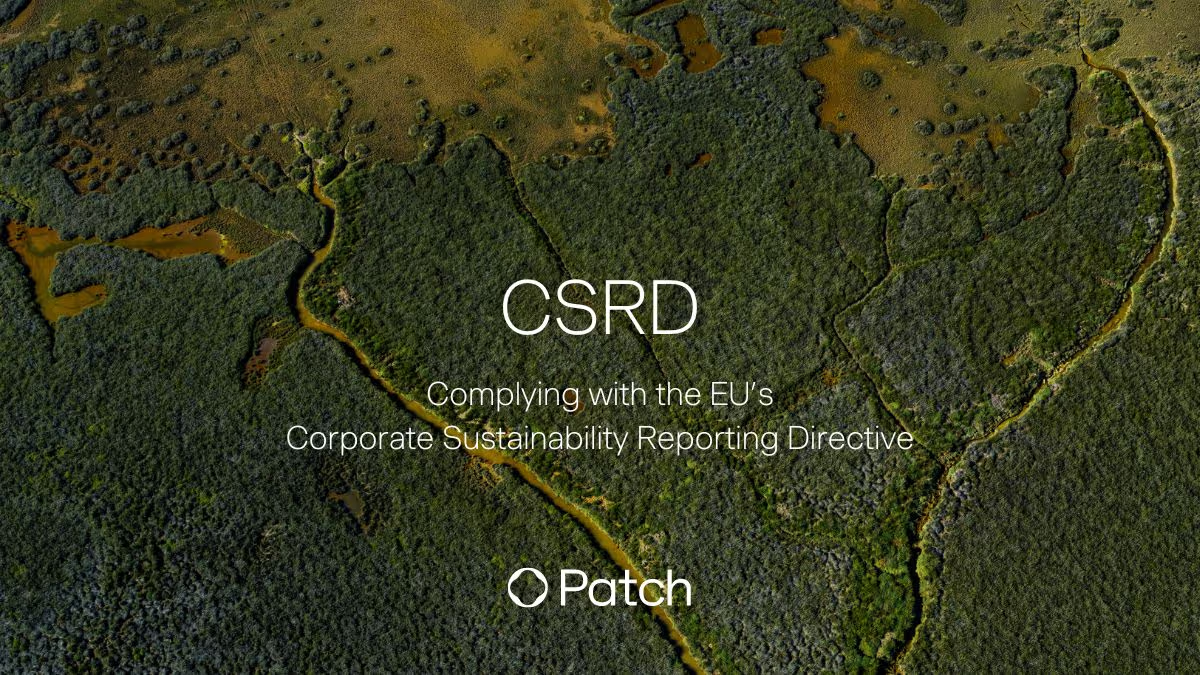If climate change is a runaway car rolling down a hill, it sometimes feels like I’m a fly pushing as hard as I can on the front to slow it down.
My carbon footprint last year was just under 8.5 tonnes. Last year, global emissions actually went up by 1%, meaning we as a civilization added 36.6 billion tonnes of CO2 to the atmosphere. I’m personally responsible for about 0.0000000002% of it. Maybe if I bought an electric stove or heat pump I could get that down to 0.0000000001%. Fly, meet car.
The limits of a single individual’s impact on climate change makes it easy to feel completely powerless. The IPCC confirmed last week that we’ll likely surpass our 1.5°C global warming limit as soon as 2030 and have just a few decades to avoid compounding consequences.
One individual on their own won’t make a measurable difference. The task ahead will take hundreds of millions of us (as well as full on support from corporations and policy makers), all pushing in the same direction. And that’s the most immediate obstacle: how do we organize and motivate that many individuals towards unified climate action?
Patch recently partnered with Boston Consulting Group on a report that surveyed 1,320 U.S. consumers. We wanted to get a deeper understanding of individual consumers’ mindset and behavior when it comes to climate action in the hopes our learnings could lead to unleashing the massive potential of consumer spending power on the voluntary carbon market (VCM), ultimately helping to rebalance the planet.
We discovered that if three conditions are met, consumers are interested in purchasing carbon credits as a means to take climate action:
- They are informed about what their carbon footprint is and how carbon credits can counteract their impact on the planet.
- They’re given the opportunity to purchase carbon credits in consumer transactions.
- They can select which given climate project to support.
Breaking down the data further, our findings told a story with two key takeaways.
1. Consumers believe that carbon credits are a positive pathway to fight climate change
Consumers in the U.S. generally speaking have a very positive view of using carbon credits to fight climate change.
- 84% of respondents have the potential to purchase carbon credits in the future with 3% of them having already reported purchasing carbon credits in the past.
- Of respondents who were familiar with carbon credits, 58% believe that carbon credits can encourage more sustainable behavior.
Forward-thinking companies have a golden opportunity to translate this sentiment into direct action by offering their customers the ability to engage on climate during transactions. By giving consumers chances to neutralize the carbon emissions of their purchases, or to get education about the carbon intensity of their activities, they’ll find that consumers are more willing to switch to brands — across nearly every category — who offer the ability to neutralize their carbon emissions. This was pronounced in the air travel industry, with 63% of consumers saying they’d switch airlines based on their ability to offset carbon emissions.
But if guarding your customer base and attracting your competitors’ wasn’t enough incentive, our findings also clearly showed a willingness to pay more based on the ability to purchase carbon credits. 19% of respondents were willing to pay more for a product that promoted sustainability, and of those who were willing to pay more, 61% were millennials.
How much more? On average, consumers were willing to pay between 4-12% of their purchase price to neutralize their footprint, even when considering a high average price per tonne of $50-$100 per credit. In some segments, (early adopters and potential early purchasers), their stated willingness to pay was ten times higher than that of the representative sample.
2. Transparency and education are key to consumer adoption
Simply offering the chance to neutralize their carbon footprint won’t give consumers the highest likelihood of taking it. In fact, our survey found that “transparency” and “education” were the biggest factors in increasing the odds consumers would actually purchase carbon credits. 59% said more transparency on the amount of carbon emissions generated from a product they purchased would increase their likelihood to neutralize their footprint.
Consumers want to know more about their own carbon footprint as well as get educated about how carbon credits can be used to neutralize it. They want to have confidence in where their dollars are going when it comes to funding carbon credit projects or sustainable initiatives. The more companies can provide detail and choices of which projects to support, the more likely consumers are to contribute.
- The ability to choose which climate action project to contribute to increased the likelihood that a consumer would buy credits by 23%.
- 73% of the respondents said that the ability to select the climate action project at checkout had a positive impact on the perceived trustworthiness of the company providing the option.
- 75% of consumers who are sustainably savvy say they would agree to automatically compensate for the carbon footprint of all their purchase related emissions at checkout without having to opt in each time.
Educational content won’t just be useful for driving engagement, it also helps overcome the biggest obstacle between consumers and climate action. 56% of consumers who did not purchase credits made that choice due to lack of knowledge.
Going from one fly to 100 million
One solitary fly can’t slow down a runaway car, but what about 100 million all pushing together? The mass is there, but how do you get from intent to impact?
84% of consumers are potential purchasers of carbon credits, and 3% have already done it. If you consider the scale of consumer spending — trillions of dollars in the U.S. alone — unlocking 84% percent of that spending power could be game-changing in the fight against climate change.
Companies have the opportunity to break open that dam by offering their customers a chance to purchase carbon credits in any given transaction. But they’ll also need to offer choice, transparency, and education to maximize that potential.
Going one step further, it’s clearer than ever before that consumers want climate action from the brands they transact with. We asked respondents whose responsibility it is to pay for decarbonization and carbon credits, and a very significant portion of early adopters placed that onus on corporations.
Patch provides many pathways for companies to take the climate action that consumers are demanding, like our API that’s purpose built to give your customers transparency, education, and simple access to a choice of carbon credits. Explore the possibilities today.






